What is the tolerance range of precision screws?
What is the tolerance range of precision screws?
Service Hotline
+86760-8787 8587We have more than ten years of experience in screw industry production, the main products are: countersunk head cross nylon screws, cup head socket head cap screws, GB862, Q328 hexagon lock nuts, wall hanging heavy bolts, grade 8 screws, furniture bookcase bed screws and nuts, welding Various welding studs, cup head high-strength screws, pad combination screws, countersunk head hexagon socket expansion bolts, anti-skid pads, white zinc screws, ceiling curtain wall air conditioning bracket fastening expansion bolts, trapezoidal nuts and other fasteners, due to the product material and Specifications vary, prices vary, please contact us if necessary.


When the mold is manufactured, many positioning pins need to be installed to fix the relative position between the two parts. The positioning pins are usually sunk into the positioning pin holes on the mold. Since the mold needs to be pulled out frequently during assembly, in order to Remove the parts and make corrections. At the same time, the mold also needs to pull out the positioning pins during maintenance to remove the damaged parts for maintenance. Therefore, the workload of pulling the pins is large. The existing methods are: 1) When installing the pins, The operator uses a self-made long screw that matches the threaded hole of the pin to screw it into the pin, and then aligns the pin hole with a hammer to hit the screw to make the pin snap in, and then screw the screw out by hand. The disadvantage is: on the one hand, the hammer hits the screw It is easy to cause the screw to be damaged or deformed, and it cannot be used normally. On the other hand, it is labor-intensive to remove the screw by hand and may not be able to be removed; 2) When pulling out the pin, the operator will screw the screw into the pin and use force directly or with pliers To pull out a screw, a few companies use a large pin puller to pull it out. The disadvantage is that it is too laborious and time-consuming to pull out by hand or with pliers. Even if a large pin puller is used, the weight of the pin puller itself is large. , it is inconvenient to use.
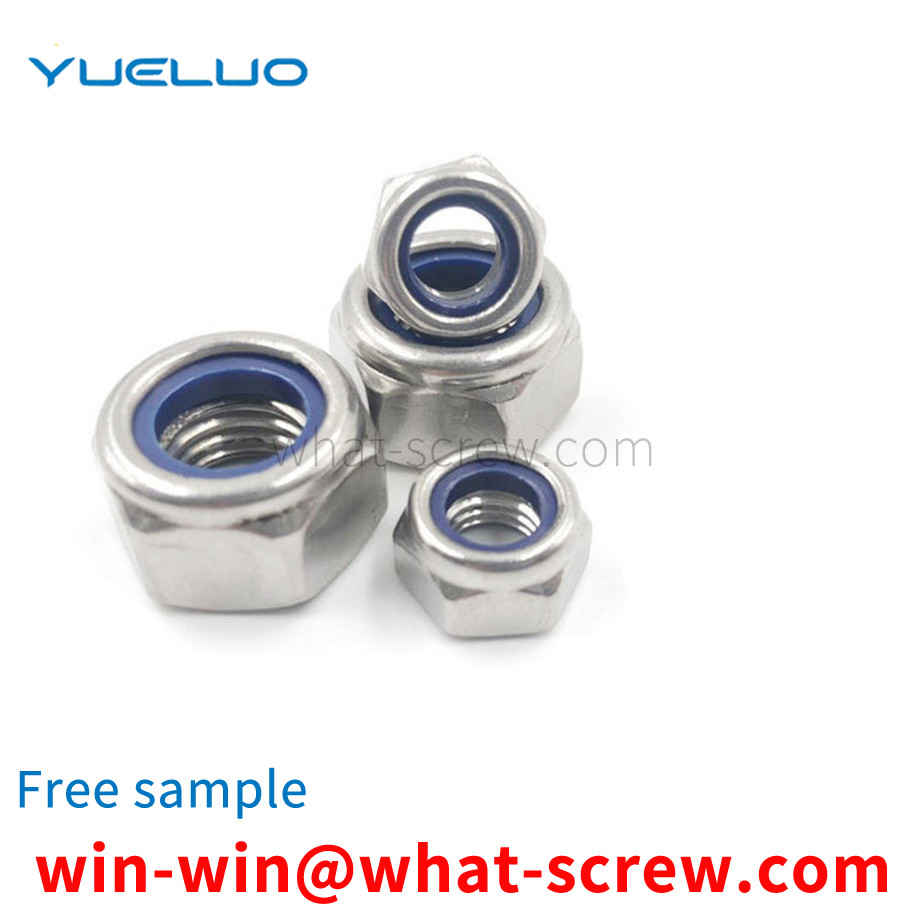
In the riveting operation, the rivet used is composed of a mandrel and a deformed collar. When in use, a through hole is drilled on the two components to be connected, and then the head of the rivet is passed through the through hole and clamped by a rivet. The tail of the rivet will break the rivet, the head of the rivet and the deformed collar remain in the through hole, and the whole riveting process is completed. The existing pull rivets have the following shortcomings: first, the parts where the pull rivet and the two components are connected cannot be completely and tightly fitted, which meets the requirements of non-sealing for parts that have waterproof and leak-proof requirements; second, the existing pull rivets The separation groove of the rivet mandrel is close to its head. When the mandrel is broken by the rivet during the riveting process, basically only the head of the mandrel remains in the deformation collar, and the connection of the two components depends on the deformation of the collar. Under the action of compressive stress, the inside of the deformed collar becomes hollow due to the breaking of the mandrel, and cannot bear large shear stress.
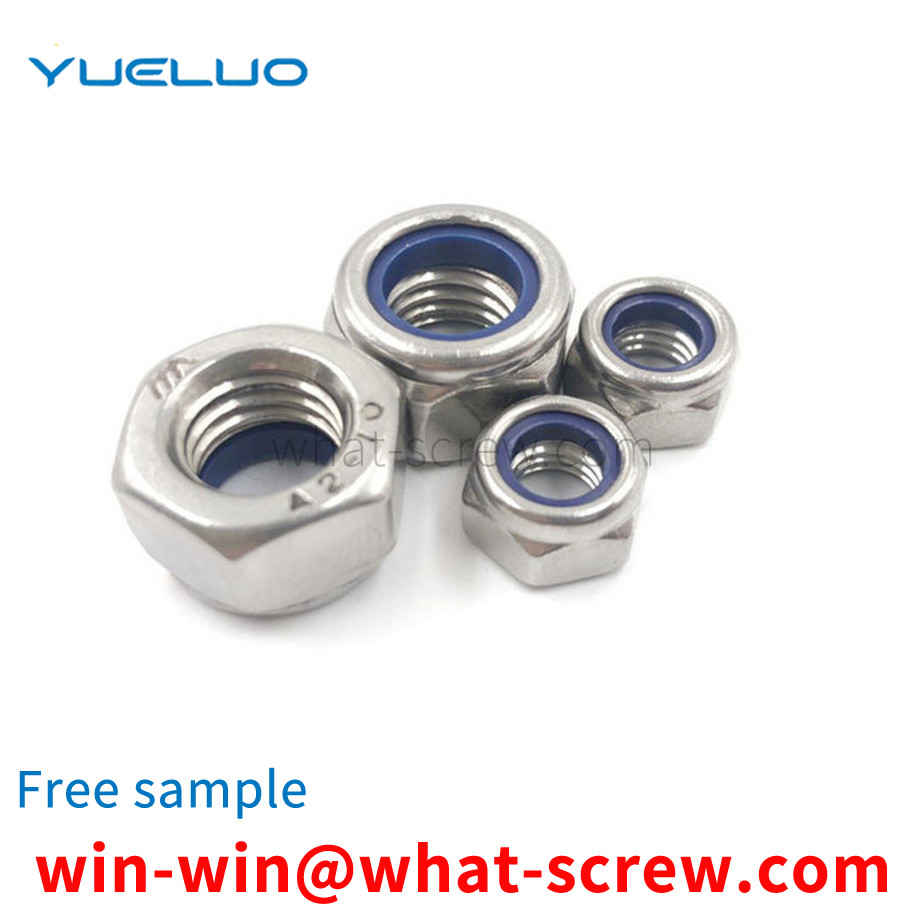
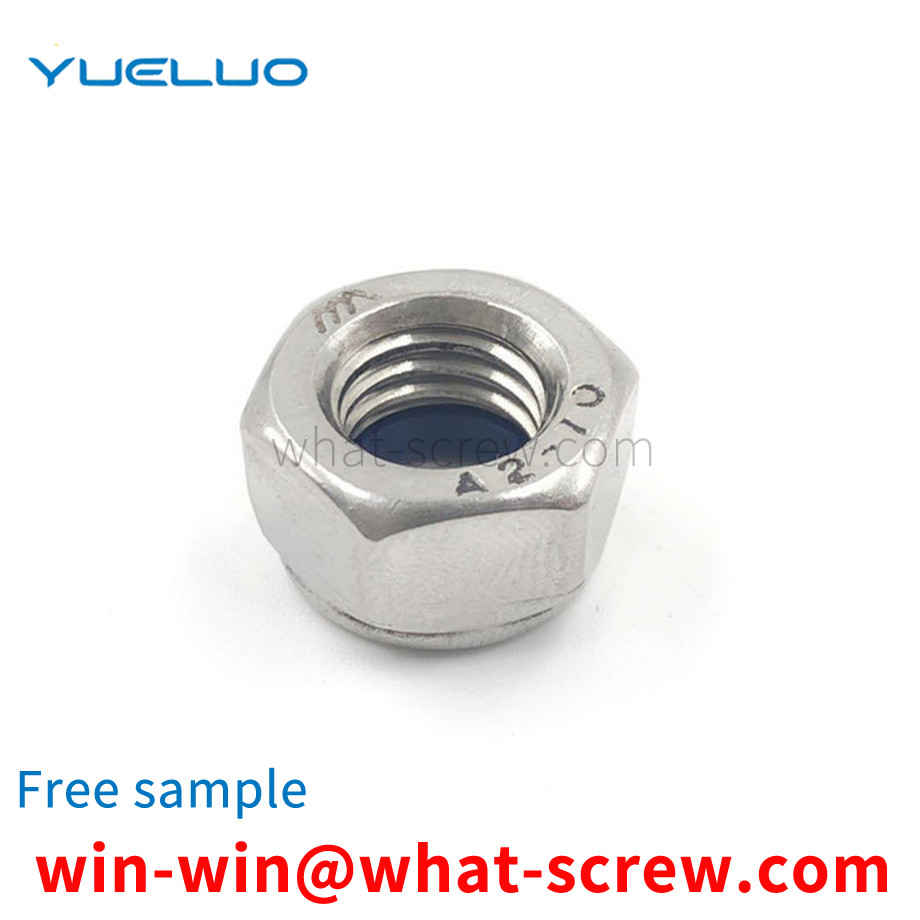
spring washer is installed under the nut to prevent the nut from loosening. It is stated in the national standard. Hexagonal slotted nuts are specially designed for use with bolts with holes at the end of the screw, so that the cotter pin can be inserted into the hole of the screw from the groove of the nut to prevent the nut from automatically loosening. It is mainly used for vibration loads or alternating loads. . The methods to prevent the nut (or bolt) from automatically loosening in the mechanical design and production are as follows: 1. Add a spring washer; (simple and easy to do) 2. Use a hexagonal slotted nut + a split pin; (increase the processing process) 3 . Pad the stop washer; (increase the processing process compared with the same period of last year) 4. Insert the steel wire into the hexagon head opening of the hexagon bolt. (Increased processing steps compared to the same period of last year) Spring washers are used to prevent loosening. For example, the bolts connecting the motor and the machine base generally need to add spring washers, because the motor vibrates without the spring washers, and the nuts will loosen. Generally, the fasteners on the equipment with vibration There is a spring gasket on it, and there is generally no need to add a gasket on the flange! Whether the spring gasket is added to the flange is related to the medium circulating in the pipeline. If it is easy to generate pulses, it is best to add spring gaskets, as well as high-speed fluid, and the caliber changes frequently. Do not generalize. On some valves, the stuffing box gland All flanges need to be added with spring gaskets. The automatic selection of spring gaskets is included.
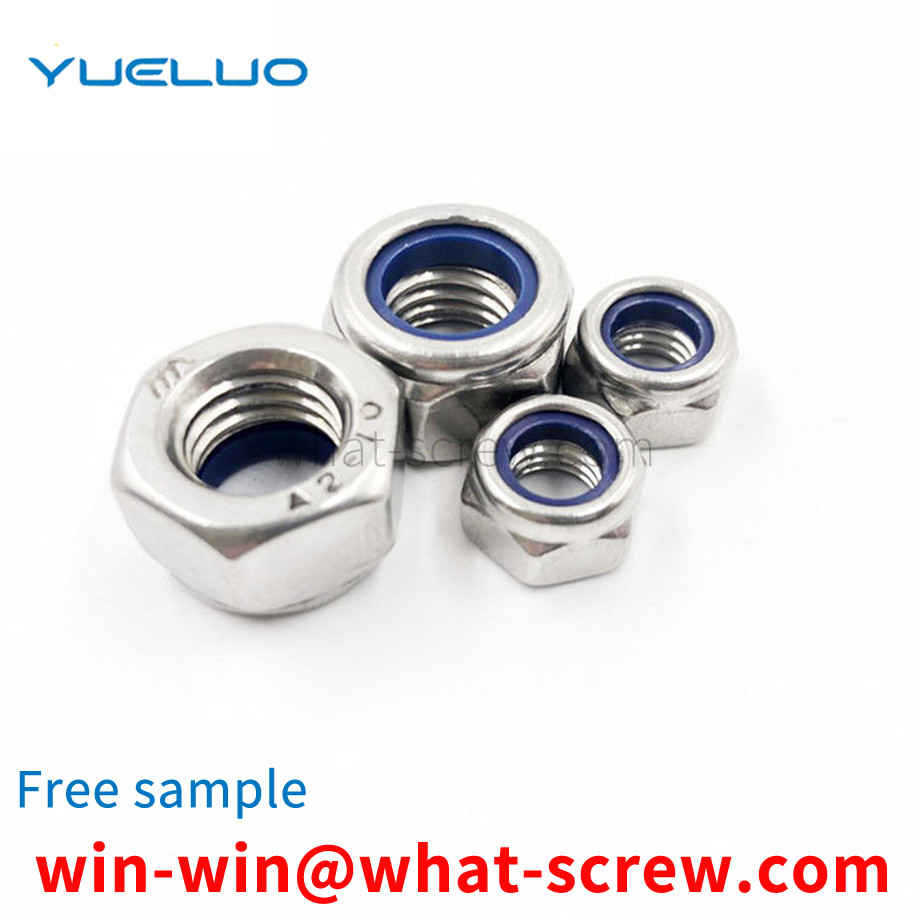
Several concepts about high-strength bolts 1. According to the specified performance level of bolts above 8.8, they are called high-strength bolts. The current national standard only lists M39. For large-size specifications, especially those with a length greater than 10 to 15 times High-strength bolts, domestic production is still short-term. The difference between high-strength bolts and ordinary bolts: High-strength bolts can withstand larger loads than ordinary bolts of the same specification. High-strength outer hexagon bolts High-strength outer hexagon bolts are made of Q235 (ie A3). The material of high-strength bolts is 35# steel or other high-quality materials, which are heat-treated after being made to improve the strength. The difference between the two is the difference in material strength. From raw materials: High-strength bolts are made of high-strength materials. The screws, nuts and washers of high-strength bolts are all made of high-strength steel, such as No. 45 steel, 40 boron steel, 20 manganese titanium boron steel, 35CrMoA, etc. Ordinary bolts are usually made of Q235 (equivalent to A3 in the past) steel. In terms of strength grades: high-strength bolts are increasingly used. Two strength grades are commonly used, 8.8s and 10.9s, of which 10.9 is the majority. The strength level of ordinary bolts is lower, generally 4.4, 4.8, 5.6 and 8.8. High-strength bolts High-strength bolts are viewed from the force characteristics: high-strength bolts apply pretension and transmit external forces by friction. Ordinary bolt connection relies on the shear resistance of the bolt and the bearing of the hole wall to transmit the shear force. When the nut is tightened, the pre-pressure is very small, and its influence can be ignored. In addition to its high material strength, high-strength bolts also exert a large amount of pressure on the bolts. The pre-pressure generates extrusion force between the connecting components, so that there is a large friction force perpendicular to the direction of the screw, and the pre-pressure, anti-slip coefficient and steel type directly affect the bearing capacity of high-strength bolts. According to the force characteristics, it is divided into pressure type and friction type. The calculation methods of the two are different. The minimum specification of high-strength bolts is M12, and M16~M30 are commonly used. The performance of super-large bolts is unstable and should be used with caution in design.
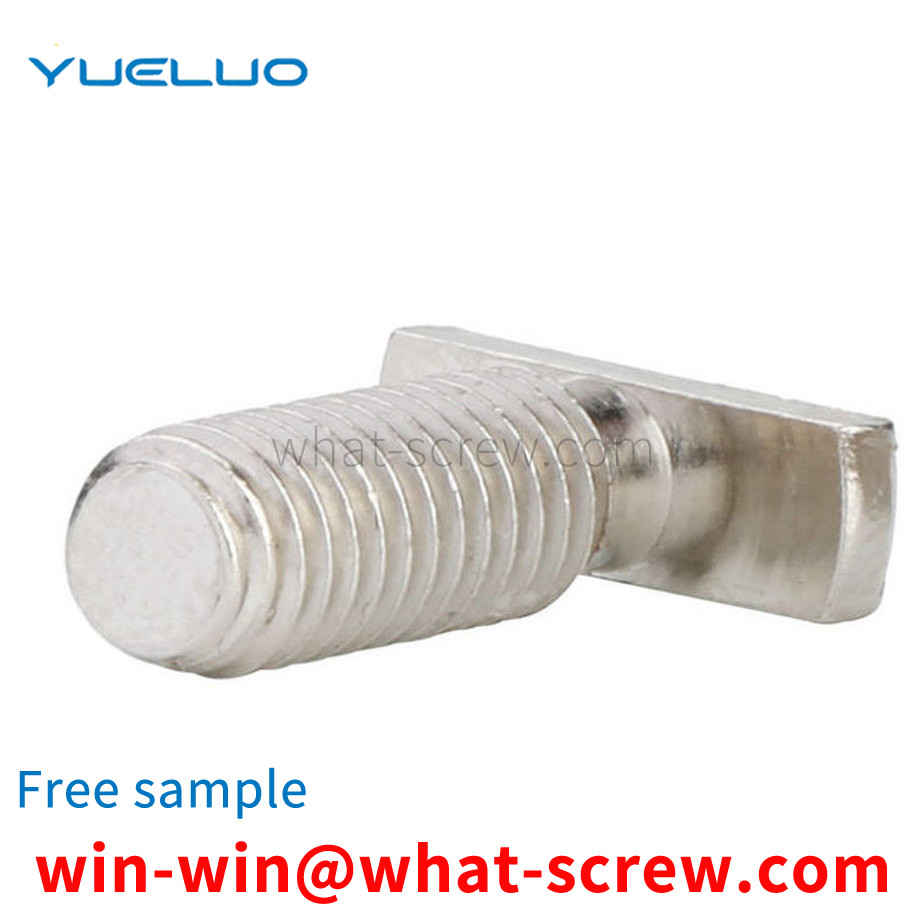
The above content is uploaded by Yueluo or the Internet. If there is any copyright issue, please contact [email protected].

What is the tolerance range of precision screws?

How to choose the right stainless steel screw manufacturer?

Why is there an R angle under the head of the hexagon head s...

We have more than ten years of experience in screw industry ...

We have more than ten years of experience in screw industry ...

We have more than ten years of experience in screw industry ...

We have more than ten years of production experience in the ...